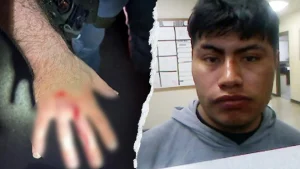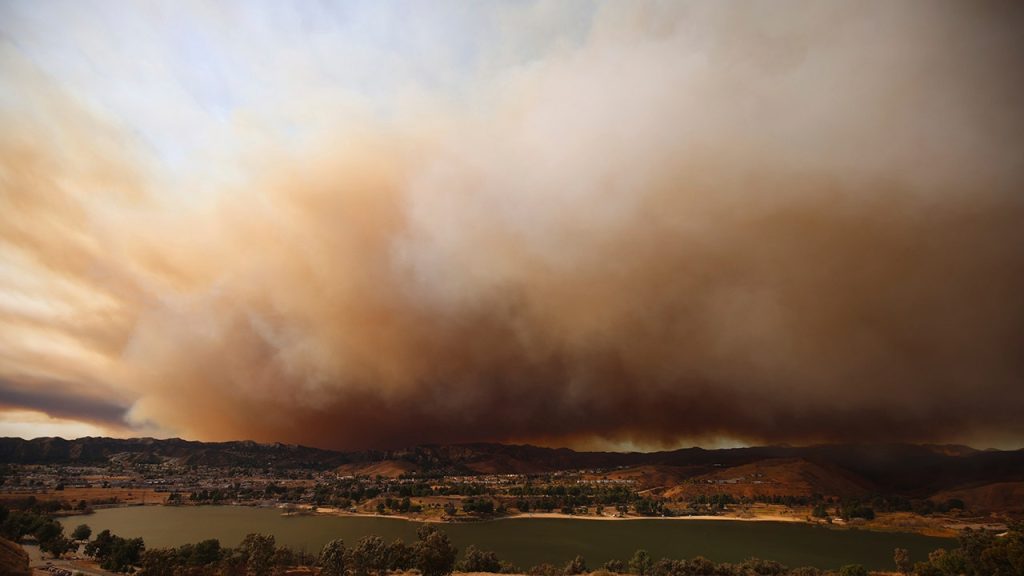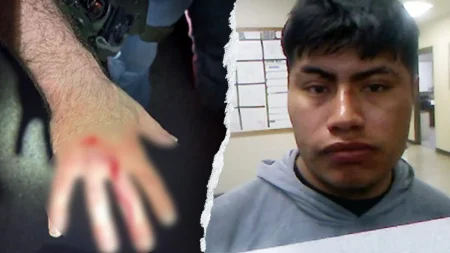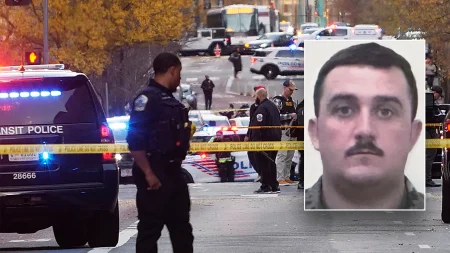The recent Palisades Fire in Los Angeles has ignited a complex debate surrounding the reopening of schools in affected areas. While the Los Angeles Unified School District (LAUSD) maintains that all seven schools near the fire have undergone rigorous cleaning and inspection by environmental consultants, parents like Kelli Ferrone remain skeptical. Ferrone, whose daughters attend Canyon Charter Elementary, located merely half a mile from the fire’s devastation, personally participated in the cleanup efforts and expressed deep concerns about the potential health risks posed by the residual ash. She believes the district’s efforts, though commendable, are insufficient given the unprecedented nature of this disaster and advocates for temporarily relocating the school to a safer environment. Ferrone’s apprehension stems from the fact that the ash is not merely dust, but a toxic cocktail of incinerated materials, including cars, electronics, building materials, and household items. This complex mixture contains harmful substances like asbestos, lead, plastics, and pesticides, posing a significant threat, especially to young children.
The toxicity of the ash is a major concern for health experts. Dr. Lisa Patel, a pediatrician and executive director of the Medical Society Consortium on Climate and Health, highlights the heightened vulnerability of children to such pollutants. Their developing bodies, coupled with more frequent hand-to-mouth behavior, increase their susceptibility to the harmful effects of these substances. The long-term health consequences of exposure to this complex mixture of toxins remain largely unknown, adding another layer of uncertainty and anxiety for parents. The potential for long-term health issues underscores the need for a cautious and comprehensive approach to reopening schools in fire-impacted areas. Simply cleaning the visible ash might not be enough to mitigate the risks, especially given the potential for these toxins to linger in the environment and pose ongoing health threats.
The LAUSD maintains that the cleaning and inspection procedures followed guidelines established by several state and federal agencies, including the California Department of Education, the California Environmental Protection Agency, the California Department of Emergency Services, the Los Angeles County Public Health Department, and the U.S. Environmental Protection Agency. This comprehensive approach, according to the district, ensures that the schools are safe for students and staff to return. However, the unprecedented nature of the fire, which consumed a wide range of materials creating a uniquely toxic ash, raises questions about the adequacy of existing guidelines for such a situation. Parents like Ferrone argue that the unique circumstances necessitate a more cautious approach, prioritizing the long-term health and safety of children over a swift return to normalcy. The tension between the district’s assurances and parental anxieties highlights the difficult balance between ensuring educational continuity and safeguarding children’s health in the aftermath of a disaster.
The situation is further complicated by the uneven impact of the fire, with some schools facing contamination while others have been completely destroyed. Actor Chris Pratt poignantly illustrated this disparity, sharing on social media the devastating loss of his son’s school and his former wife’s home. This stark reality underscores the multifaceted challenges facing the community, extending beyond the immediate concerns of ash contamination to include the long-term displacement of families and the rebuilding of essential infrastructure. While some parents grapple with the safety of returning to existing schools, others must contend with the complete loss of their children’s educational environment, highlighting the profound and unequal impact of the disaster.
The reopening of schools in the aftermath of the Palisades Fire presents a complex dilemma, where the desire for normalcy clashes with legitimate health and safety concerns. The LAUSD insists it has followed established protocols to ensure the safety of returning students, but parents remain understandably apprehensive about the potential long-term effects of exposure to the toxic ash. This disagreement underscores the need for transparent communication between the district and parents, ongoing monitoring of air and soil quality, and potentially, a more flexible approach to reopening, including the possibility of temporary relocation for schools in close proximity to the fire’s impact zone. The situation highlights the need for a more nuanced approach to disaster recovery, one that recognizes the unique challenges presented by each event and prioritizes the long-term well-being of affected communities.
The recovery process from the Palisades Fire will undoubtedly be long and complex. It demands not only a physical cleanup of the affected areas but also a comprehensive approach to addressing the emotional and psychological toll on the community. The destruction of homes, schools, and personal belongings represents a profound loss, and the uncertainty surrounding the long-term health impacts of the fire adds another layer of anxiety. Moving forward, open dialogue between parents, school officials, health experts, and government agencies is crucial. This collaborative approach can help to build trust, address concerns, and develop effective strategies for ensuring the safety and well-being of children as the community embarks on the challenging path to recovery. The Palisades Fire serves as a stark reminder of the increasing threat of wildfires and the urgent need for comprehensive disaster preparedness and recovery plans that prioritize the health and resilience of communities.











